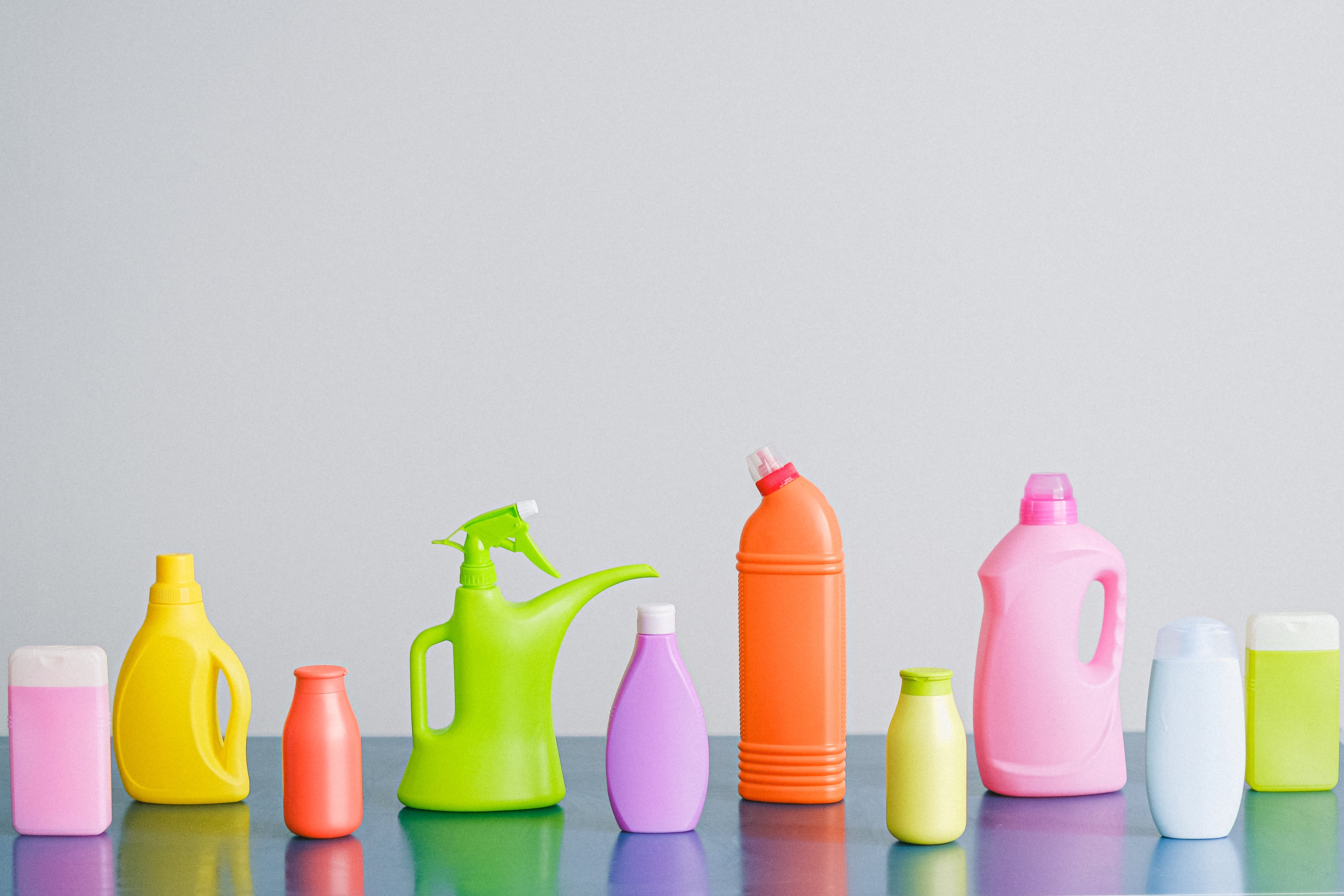How Clothes Get Clean
What is the Key Ingredient in Detergent?
If you reveal in wearing raggedy, dirty clothes, then you likely never wondered how your clothes get clean. Why would you? Stinky people from societal slums seldom take pride in cleanliness. They flock with their fellow feral brethren, polluting the streets with their suffocating foul odor. However, if you’re civilized, then at least once in your life, even if momentarily, you have wondered how laundry detergent cleans clothes. I’m sure you enjoy the smell of clean (albeit wet) clothes.
To understand the process of cleaning clothes, you will need to understand laundry detergent as a chemical. This detergent has a compound called surfactant. Surfactants decrease the surface tension between two substances, of which at least one is a liquid. The washing machine swishes the water like you swish mouthwash in your mouth. As water moves vigorously like tidal waves, the surfactants lift dirt and oil off the clothes and displaces them into the water. After the machine has completed its wash cycle, the bubbly waves then drain down into the deep dark depths, taking the dirt and oils with them.
Other Properties of Detergent
Laundry detergent is a descendant of bar soap, which is made from animal fats and lye. Lye is a metal-based chemical obtained from wood. Detergent is basic, which is the opposite of acidic. That stylish nice T-shirt you bought from Old Navy would be torn if it was washed with strong acid. Most detergents have a pH of around 10. For comparison, water has a pH of 7. This means that water, a neutral liquid, is 1000 times more acidic than most detergents. Yes, water. When was the last time you drank water and felt your esophagus erode due to the acid in water? After reading the rhetorical question, you should now appreciate how basic detergent is. Dirt and oil are acids. Acids and bases neutralize each other so that your clothes come out of the washer as clean as a whistle.
Here’s a fun fact: some detergents are like lightning. How so? They have electrical properties. The head of their surfactant molecules are negatively charged. Because of this charge, these types of detergent are excellent stain removers. However, there is a catch. It must be mixed with soft water for the stain removal to be successful. Soft water is water that is pure, containing no calcium or magnesium. Hard water, on the other hand, contains these elements along with other minerals that interfere with the cleaning performance of the charged molecules. If you have hard water, then it’s better to stick with detergents that have no charge. Some detergents are versatile and can be used for both water types.
Use Tide Laundry Detergent
Which brand of detergent should you use? I use Tide. Tide claims to make their detergents concentrated, washing your clothes right the first time. I can attest to this claim. Ever since I used Tide, I never had to rewash clothes.

